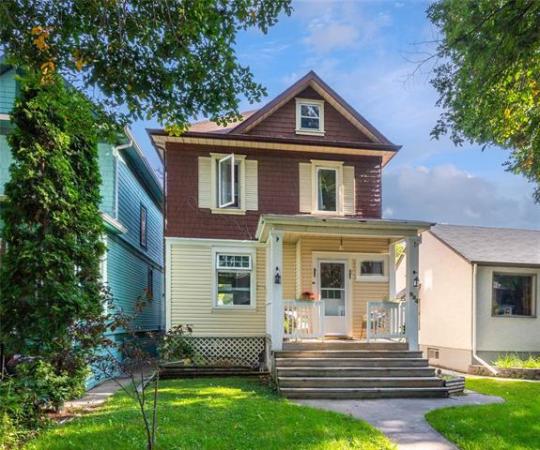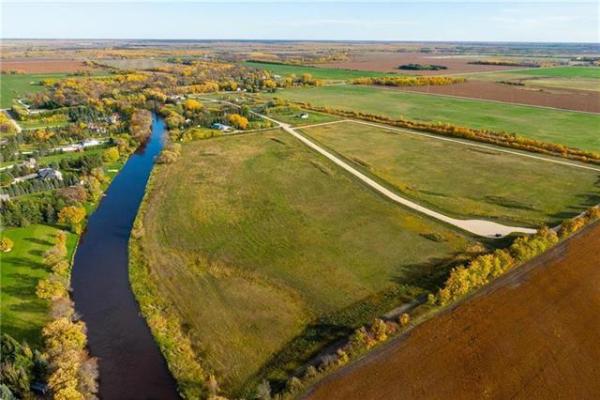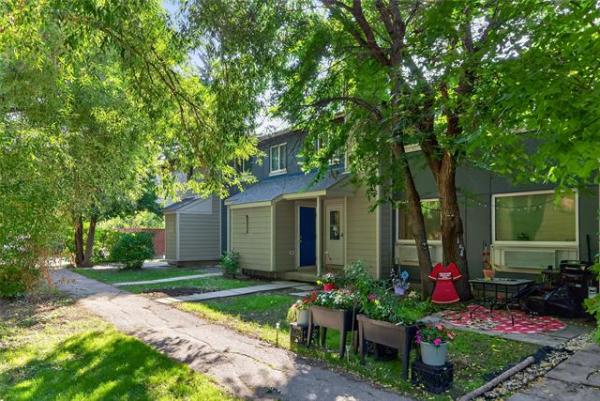Question: My wife and I recently relocated to Belleville, Ont., from Fergus, Ont., and for the first time, I am in a home with an HRV unit. Our new home is a 1,400-square-foot condominium townhouse.
Since occupying our new home, I have been reading about the operation of the unit and all of the reading material has come via the internet, since there was no operating manual left with the unit. I found your 2012 response to an inquiry regarding HRVs, so I have decided to reach out to you for help. My local heating and cooling company indicated I should have the summer setting at 80 and the winter setting at 55.
This morning, the temperature was -10 C, so I decided to switch the setting for the first time to the winter setting. When I did this, the HRV fan was activated and continues to run after several hours. Is this normal? Daily temps in Belleville still average around 3 to 4 C and I am wondering if it is too soon to make the switch to winter temps on the HRV? I was also wondering if there is some form of temp-setting chart available to help novices such as I to set the HRV unit to the correct setting based on outside temps.
Anything you could suggest will be a bonus for me since I am a 79-year-old confused by this (new to me) technology.
Regards,
— Al Murphy, Belleville, Ont.
Answer: Despite the many columns I have written on the subject, including the one you referenced, there still seems to be great confusion on the proper operation of heat recovery ventilators (HRV). I will try to give a more in-depth description of these mysterious devices and offer my suggestions for proper settings, but will also recommend calling in an HVAC technician or registered home inspector (RHI) to check for proper operation of the controls, to ensure it is installed and set up correctly.
There are various types and brands of HRV on the market, but the basic function and designs are quite similar between all of these. The units are typically a rectangular box, which is normally suspended from the floor joists, with four duct openings in the sides. Two of these duct openings are normally connected to pre-insulated flexible ducts that go through the foundation or house walls to exterior hoods. One of these is the fresh air intake and the other is the exhaust air going to the exterior of the home. Both of these should be located on the same side of the building, to prevent uneven air pressure from wind and other exterior factors. One of the other openings should be connected to the return air ducts in the basement, via other ducts. The final opening should be attached to ducting going to registers in all the bathrooms in the home, and often one or more additional registers in areas prone to higher moisture, like laundry rooms or near kitchens.
The idea with this device is that it brings in dry, fresh outside air to replace damp inside air that is expelled at the same time. What makes it a "heat recovery" unit is that it passes the incoming and outgoing air, recapturing some of the heat from the exhaust air and warming the cold fresh air. This prevents wasting of energy used to heat the air in the home during the cold months of the year.
You are correct in using the main control for the HRV only in the heating season, but that should have begun long before now. Waiting until the outside temperatures are below freezing is not the proper use of the unit. The main control, and dehumidistat settings, should be used as soon as the furnace is put in heating mode. In the summer cooling mode, or if the heat is not required, it can then be set to off or to the highest setting. That is why you have been instructed to turn it up to 80 in the summer, which is essentially shutting it off. Where the technician erred in the advice was recommending a setting of 55 in the heating season. That would be way too high, if the relative humidity (RH) in the home was at 55 per cent. Even on mild days, you would see the windows sweating from condensation, and other issues from too much moisture. A typical setting between 25 and 40 per cent RH would be advised for winter conditions. As the outside temperatures drop, the setting should be lowered, with the coldest days having the unit engage automatically when the RH in the home rises above 30 per cent at normal room temperature.
Your HRV unit may have been running continuously for several hours because you had it turned off, or had the RH settings too high for a long period of time. In that situation, there would be a large amount of moisture in the air and it would take several hours to lower it to adequate winter levels. If you begin setting it at the proper winter range of 30 to 40 per cent, the moisture in the house air will gradually dissipate and it will come on periodically from now on.
Proper settings for HRV use in the heating seasons still seem to be difficult to understand for many homeowners, not just you.
Calling in a good HVAC technician, or RHI, to check the controls and recommend proper winter settings, and monitoring the RH in the home with an accurate hygrometer, should answer your questions.
Ari Marantz is the owner of Trained Eye Home Inspection Ltd. and the past president of the Canadian Association of Home & Property Inspectors — Manitoba (cahpi.mb.ca). Questions can be emailed to the address below. Ari can be reached at 204-291-5358 or check out his website at trainedeye.ca.
trainedeye@iname.com




